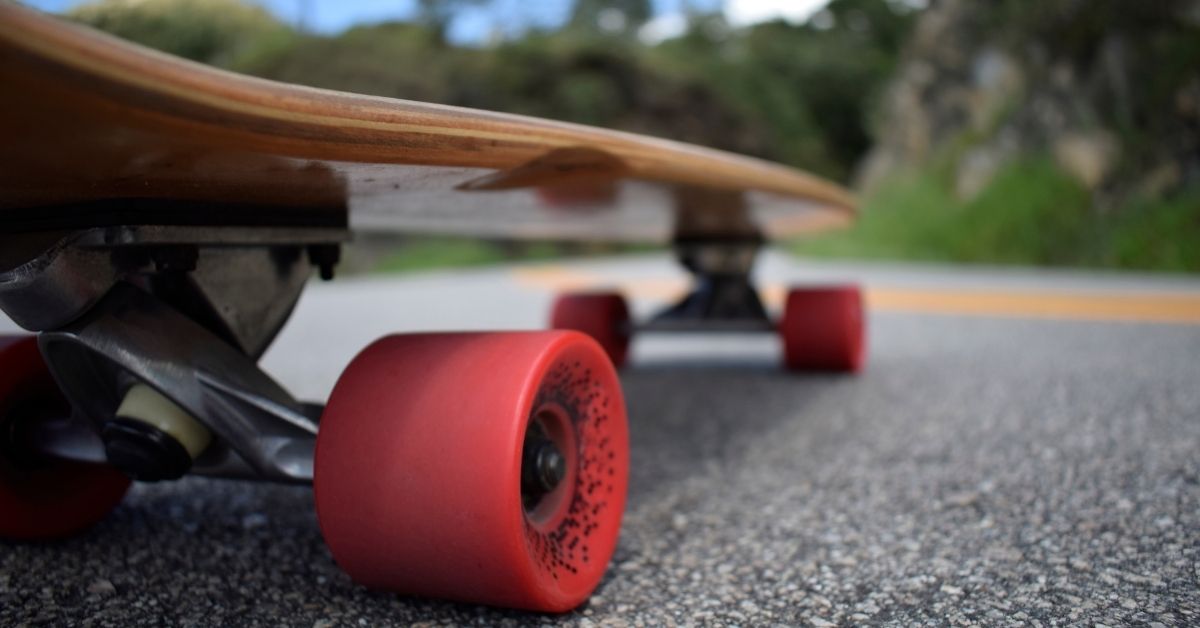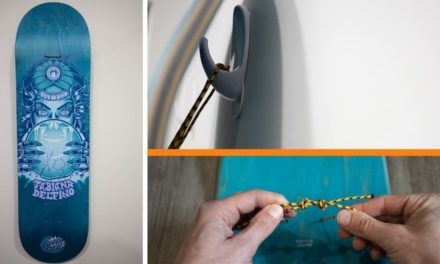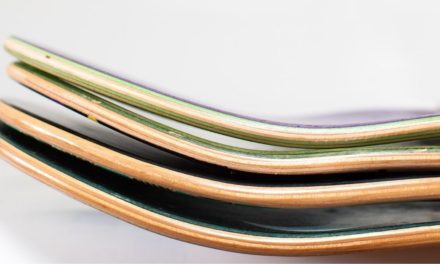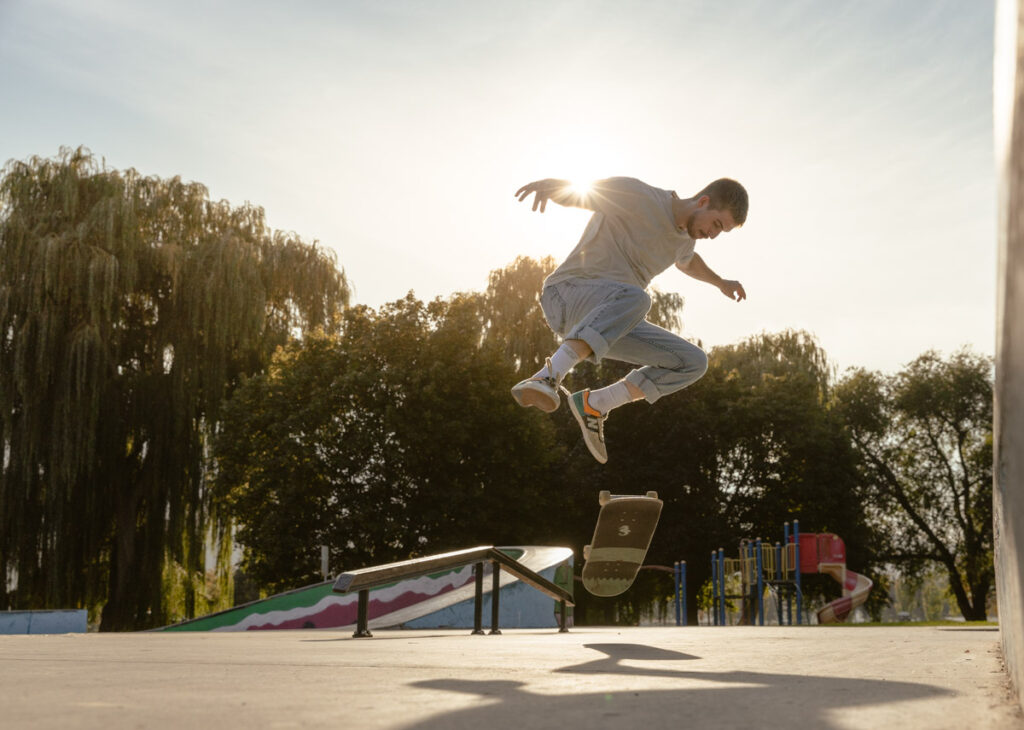If you’re getting into skating, the first choice you’re faced with is to choose a skateboard or a longboard. Although both options technically serve the same purpose in terms of rolling from point A to B, they are very different to ride and what they are capable of.
Longboarding is easier than skateboarding, especially for beginners. Longboards have a longer and wider deck than a skateboard, making them feel more stable. They also have much softer wheels which help them roll smoother and faster than a skateboard with small hard wheels.
Just because a longboard is technically easier to learn on, that doesn’t mean that it’s what you should start with. There are more important factors to consider, like what you ultimately want to end up doing with your board. For example, do you want to do tricks, ride the bowl, or cruise and bomb down hills?
So in this post, I’ll break down everything you need to know before making a choice to go with a longboard or skateboard!
Are Longboards Better For Beginners Than Skateboards?
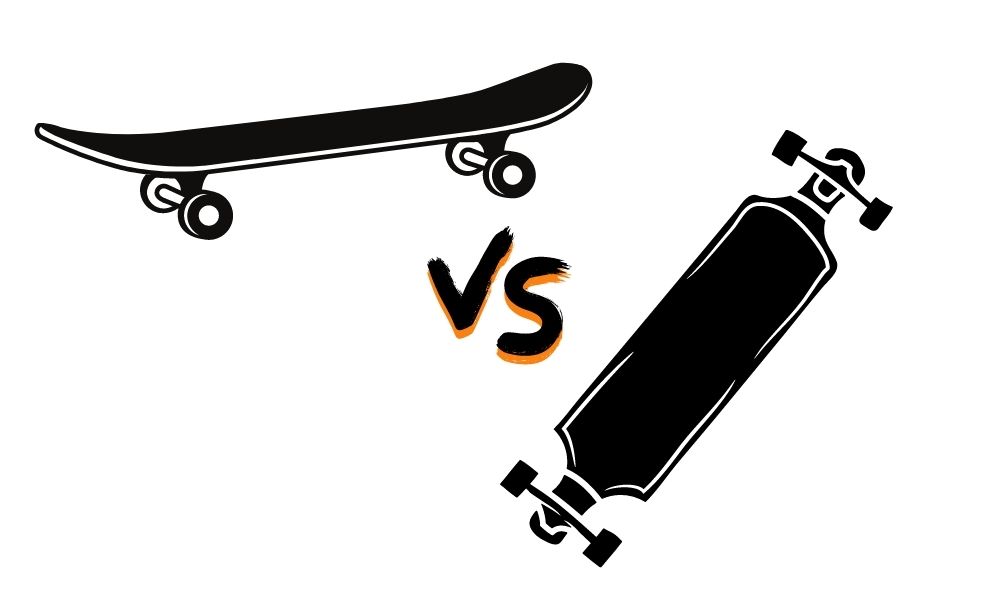
As I mentioned earlier, there’s no denying that longboarding is far easier to learn than skateboarding. When I say “learn,” I mean learning to push, turn, and balance on the board. The absolute most basic (but essential) skills to riding any board.
A longboard is easier to learn because it’s more stable. The first reason for this is the size of the deck, which is significantly wider and longer than a skateboard deck.
The average skateboard deck is 32″ in length, while the average longboard deck is 40″. As for width, more skaters use decks in the range of 7.5″ – 8.5″ wide. Meanwhile, longboard decks are typically 8.5″+.
This added length makes it much harder to lose balance horizontally and slip out as many beginners do on a skateboard. Since there is more length to counter your weight, it feels more stable to ride on. Mix that with a wider deck, you also have a more comfortable place to stand without losing balance leaning from side to side when turning.
The next factors that makes longboarding favorable for beginners are the trucks and wheels. The trucks are much wider than your standard set of skateboard trucks, while the wheels are wider and softer. This makes the board feel less wobbly, while the softer wheels make rough roads or cracks on the sidewalk feel buttery smooth.
Although you can put softer wheels on skateboards, this becomes counterproductive for tricks as they are less maneuverable and much heavier than small-diameter wheels.
With all these factors combined and a heavier overall weight, longboards are far more confidence-inspiring to learn on. When it comes time to push and turn, a longboard feels well balanced and cruisy from the start, while skateboards can feel more wobbly at first for beginners.
Skateboards Vs. Longboards – What’s Safest?
With both skateboarding and longboarding, they can be as risky or as tame as you want them to be. By stepping foot on one board or another, you aren’t changing the amount of risk. Instead, it’s what you choose to do with the board that bumps up the chances of injury.
For example, learning how to ride around on a skateboard and longboard has largely the same amount of risk. One may be easier than the other, but it doesn’t mean you can’t slip out on your butt.
If you are going slowly on flat ground, chances are you won’t even get a bruise if you fall. Now, if you start going a bit faster, going down a hill, or trying to do sharp turns, your risk gradually goes up along with the chance of injury.
Now I’m not saying you shouldn’t try new things, because that’s the fun of learning to skateboard and longboard! Instead, you can make yourself feel better protected by wearing pads and a helmet if you take a spill.
But hey, I’m not you’re mom, so do what feels safe for you.
Are Longboards Better For Cruising Than A Skateboard?
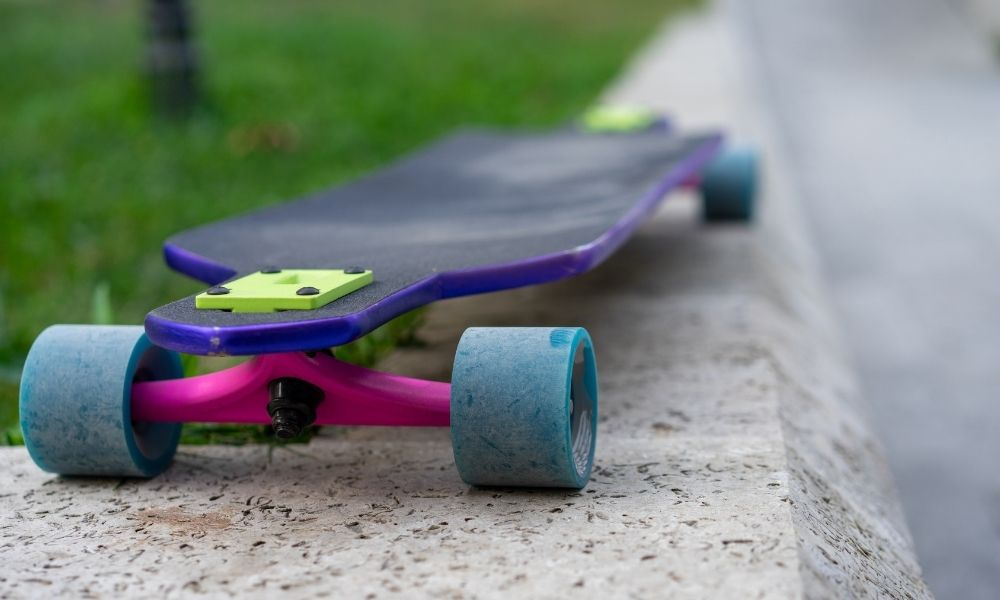
Many folks I’ve talked to don’t have an interest in ever doing tricks on a skateboard. They want something to roll around town with, take down their local walking paths, and even commute to work with. With the right set of wheels, skateboards and longboards can be awesome to cruise on, but there are some differences.
Since longboards are much larger than a skateboard, they offer more stability. This comes at a small cost because the larger size makes it less maneuverable, especially with tight turns or narrow paths. Now, if you are taking your longboard to commute around town, then a longboard is also more cumbersome to carry into shops. If you only want a board to cruise on, opt for a longboard if you have wide paths and don’t plan to carry it very much.
Now skateboards with cruiser wheels can have a similar smoothness as a longboard, making the experience quite comparable. With a shorter board and more narrow wheelbase, cruiser-style skateboards are easier to maneuver and feel snappy to ride. Since they are also a lot smaller, it’s easy to strap them to your backpack or carry them into a shop with you if you go into town. I would opt for a skateboard with 78a durometer wheels over a longboard for anyone who plans to cruise around the city.
Is It Harder To Do Tricks On A Longboard Or A Skateboard?
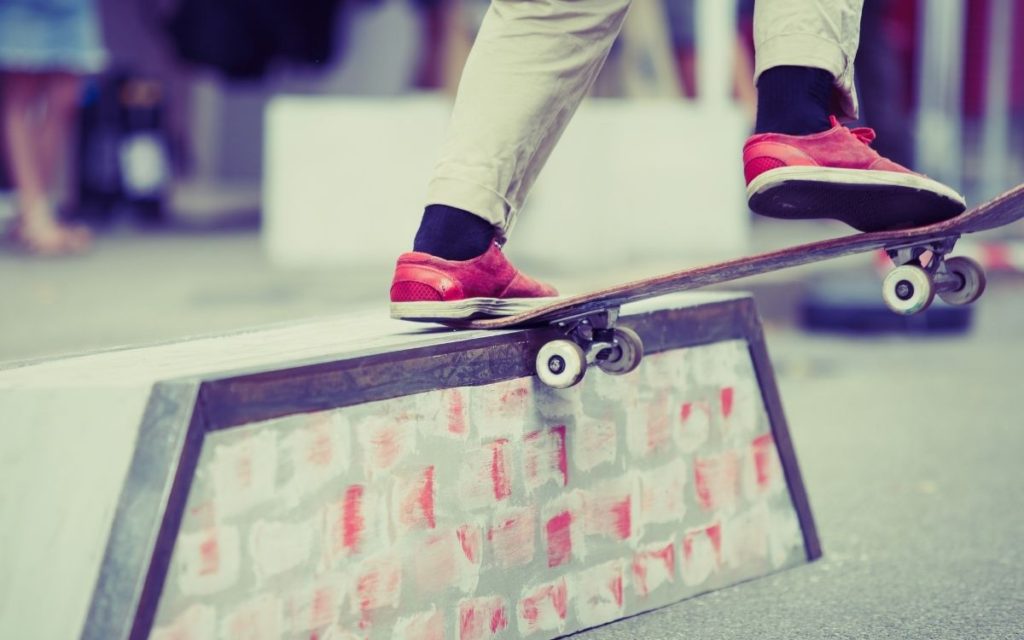
Skateboards and longboards have entirely different shapes. So the types of tricks you can do on these boards vary drastically from one another.
Skateboards are designed with a nose and tail that curve upwards. This allows you to press down on either end of the board to create “pop,” the basis of nearly every trick in skateboarding.
Whether it be flat ground tricks, transition, or ledges and rails, most tricks on a skateboard are done by jumping and lifting your board. This allows you to jump onto features and spin or rotate the board beneath you.
Most skaters get into the sport because they want to learn flip tricks, land their first grinds, or roll around in the bowl. All this is easily done with a smaller and more maneuverable board with a lifted nose and tail, unlike a longboard.
In fact, it’s not really possible to pop at all with a longboard because the wheels are positioned nearly at the tip of the nose and tail. So that’s why anytime you see skaters at the skatepark, nobody is skating a longboard because there’s no way you’re dropping in, board sliding, or clearing a stair set on a longboard.
Instead, longboarders focus more on speed and carving rather than technical tricks on rails and ledges. Since longboards are longer and wider, they’re more stable at high speeds and are a ton of fun to race down a hill with. Tricks on a longboard typically consist of slides on hills, but you can also do basic pivot and shuvit tricks on flat ground.
In terms of how many tricks you can do on either board, a skateboard has way more options than a longboard does. I wouldn’t say that one board is “easier” to do tricks with than the other, but if tricks are what get you excited, skateboards are the way to go.
After all, skateboards can do every trick a longboard can, but not the other way around.
If you’re still stuck on whether you should get a longboard or a skateboard, let’s make the choice easy by asking yourself one question:
What type of skating do you want to do?
If you want to ride skateparks, learn flat ground tricks like ollies and kickflips, session street spots, or even try grinds, then skateboards are the better choice.
Now if you’d instead rather have a smooth rolling board to take around town or race down a hill, then longboarding will be more your style.
Although the basic movements of both skateboards and longboards are the same, the types of sports they are are very different. Even though longboards are easier to learn the basics with, you need to ask yourself what you want to end up doing in the future. That way, the choice is easy!
Happy Shredding,
Brendan 🙂

